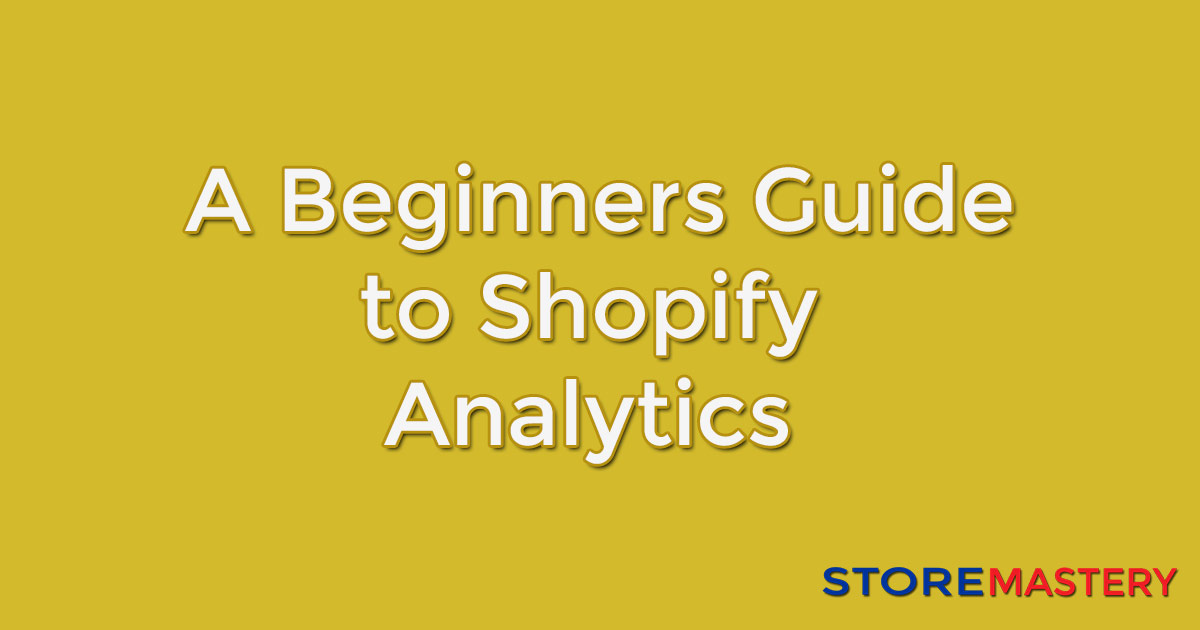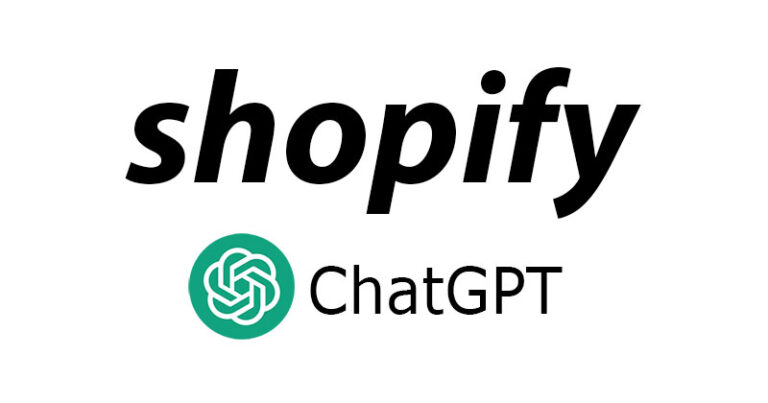A Guide to Shopify Analytics: Understanding Key Metrics for Business Growth
Are you struggling to understand the analytics behind your e-commerce and marketing efforts? Do you want to make more sales and grow your customer base? If so, you’re in the right place!
In this tutorial, I’ll guide you through the key metrics you need to know and the numbers you should look at to analyze your data and make informed business decisions.
Validating Your Business Idea
If you’ve just started with your e-commerce business, the first thing you need to do is validate your business idea. You may wonder if you have a good business idea and if people would be willing to buy from you. The metrics we will look at now will help answer those questions.
- Returning Visitors:
This is the percentage of users who return to your site after their first visit. A higher percentage of returning visitors indicates that people liked what they saw. According to our research, a good ratio of returning visitors is anything higher than 20 per cent. - Time on Site:
The average time users spend on your site per visit. The amount of time will depend on what you’re selling. Still, if people spend time on your site, it’s a good indication that they have a positive experience. According to our research, anything more than 120 seconds is great. - Pages per Visit:
This metric shows how much exploring customers are doing on your site. Having four or more pages per visit means a customer is very interested in what you’re selling and who you are as a business. - Bounce Rate:
The bounce rate is the percentage of users who visit your store and then leave immediately before taking any other actions. A high bounce rate indicates that you’re not giving a good impression. Users might bounce because of poor design, slow-loading pages, or irrelevant content.
These metrics will help you understand whether you have a good business idea and whether people are interested in your offering.
Analytics for Customer Acquisition Efficiency
Once your business is past the validation phase and you’ve already validated your idea, you must focus on acquiring customers. At this time, analyzing your marketing efforts becomes crucial in reducing costs and increasing efficiency.
- Conversion Rate:
Conversion rate is the percentage of people who visited your website and then made a purchase. A low conversion rate is not a good sign, as it means you’re spending a lot of time and money acquiring customers, but they’re not making purchases. Unfortunately, no exact number for a good or bad conversion rate depends on your industry and what you’re selling. You can search online for industry-specific benchmarks to understand what’s considered good. - Page Load Time:
Page load time can impact as much as 16% of your revenue. People’s attention spans are getting shorter, and they get frustrated after waiting even a short time for a page to load. Monitoring your average page load time in Google Analytics is important; anything under 2 seconds is a good place to start. Large images are a common cause of slow load times, so be sure to optimize your images using free online programs like Pixlr. - Customer Acquisition Cost:
If you’re spending more money on marketing than you’re making in sales, your business won’t be profitable. Customer acquisition cost measures the money you spend to acquire each customer. It’s calculated by comparing the amount you spend on marketing against the sales you make. For example, if you spend $10,000 monthly on Facebook ads and make 1,000 sales, your monthly customer acquisition cost is $10.
Determining Profitability
Now that you know your customer acquisition cost, it’s time to calculate your customer lifetime value (CLTV). CLTV is the average amount of money a customer is expected to bring to your business throughout their lifetime as a paying customer. This metric is crucial because it helps determine if spending on customer acquisition is worth the long-term value those customers will bring to your business.
To calculate CLTV, you must know your average purchase value (APV) The APV is the average amount a customer spends on a single purchase. At the same time, APF (average purchase frequency) is the average number of purchases a customer makes in a given period e.g., per month or year. Multiply APV by APF to get your CLTV.
For example, if your APV is $50 and your APF is 2 purchases per month, your CLTV would be $100 per month or $1200 per year. It means that, on average, a customer is expected to bring $1200 in revenue to your business over a year.
Now, compare your CLTV to your customer acquisition cost. Suppose your CLTV is higher than your customer acquisition cost. In that case, it means that the long-term value of a customer exceeds the cost of acquiring that customer, and your business is likely to be profitable. However, if your customer acquisition cost is higher than your CLTV then it may indicate that you need to reevaluate your marketing strategies or find ways to increase the value and loyalty of your customers.
Customer Retention Rates
Finally, let’s talk about customer retention rates. Customer retention rate is the percentage of customers who continue to purchase from your business over a certain period, usually a year. A high customer retention rate indicates that your customers are loyal and satisfied with your products or services and will likely make repeat purchases.
To calculate your customer retention rate, subtract the number of new customers acquired during a period from the total number of customers at the beginning of that period. Then, divide the result by the total number of customers at the beginning of the period, and multiply by 100 to get the percentage.
For example, if you had 100 customers at the beginning of the year, acquired 50 new customers, and ended the year with 120 customers, your customer retention rate would be (120-50)/100 * 100 = 70%. This means that 70% of your customers remained loyal from the beginning of the year and made repeat purchases.
A high customer retention rate is important because it indicates that your customers are not only making repeat purchases but also referring your business to others and becoming brand advocates. It can significantly reduce customer acquisition costs, as loyal customers are likelier to make larger purchases and recommend your business to others, resulting in higher CLTV and overall profitability.
Conclusion
In conclusion, understanding and analyzing your e-commerce and marketing analytics is crucial for the success of your online business.
By monitoring metrics such as returning visitors, time on site, pages per visit, bounce rate, conversion rate, page load time, customer acquisition cost, customer lifetime value, and customer retention rate, you can gain valuable insights into the performance of your business, make data-driven decisions, and optimize your marketing strategies for growth and profitability.
Remember, every business is unique, and what may be considered a good or bad metric for your industry or product may vary. It’s important to regularly monitor and analyze your analytics, experiment with different strategies, and continuously optimize your marketing efforts to meet your business’s specific needs and goals.
With the right tools and knowledge, you can leverage your analytics data to make informed decisions, drive more sales, and achieve long-term success in the competitive world of e-commerce.







